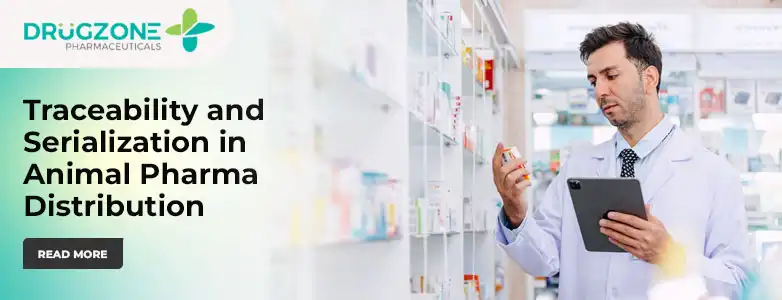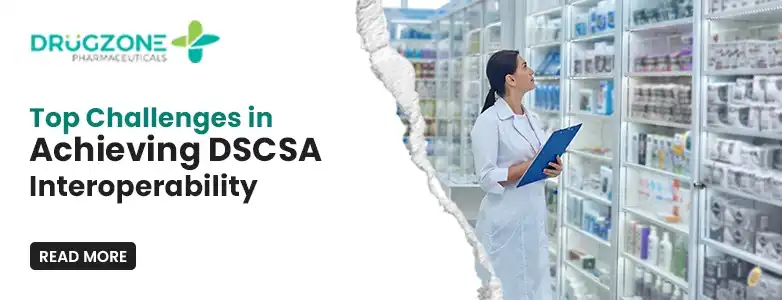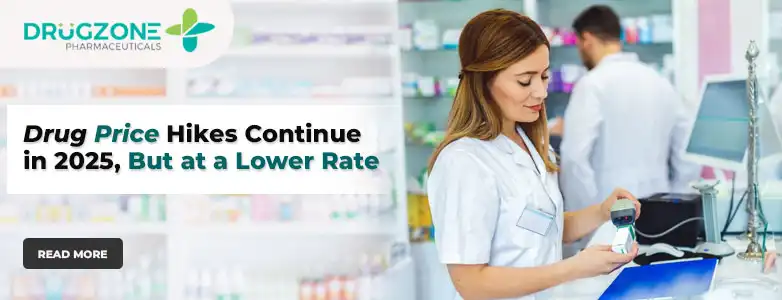
Posted On: March 07, 2025
Pharma Wholesalers in the USA vs. Direct-to-Consumer Models: Who Will Win?
The pharmaceutical industry in the U.S. is undergoing a significant transformation. Traditionally dominated by pharma wholesalers, the supply chain is now facing competition from direct-to-consumer (DTC) models that aim to bypass intermediaries.
The battle between these two models raises critical questions about pricing, accessibility, and the future of healthcare distribution.
Let us take a look at the different aspects in a more holistic fashion.
Understanding Pharma Wholesalers in the USA
Pharma wholesalers play a crucial role in the supply chain by purchasing large volumes of medications from manufacturers and distributing them to pharmacies, hospitals, and healthcare providers. Their main advantages include -
- Wholesalers leverage bulk purchasing power to negotiate lower prices.
- They ensure medications reach pharmacies and hospitals efficiently.
- These companies adhere to stringent FDA regulations, ensuring product safety.
Despite these strengths, traditional wholesalers face criticism for a lack of price transparency and inefficiencies caused by multiple middlemen in the supply chain.
The Rise of Direct-to-Consumer (DTC) Models
DTC models aim to eliminate intermediaries by allowing consumers to purchase medications directly from manufacturers or specialized online platforms. Here are some of the advantages -
- DTC companies can offer lower prices by cutting out wholesalers and pharmacies,
- Consumers can order medications online, often with home delivery.
- Many DTC companies provide upfront pricing, unlike traditional wholesalers.
- Some platforms offer telemedicine services, and allow patients to consult doctors and receive prescriptions without visiting a clinic.
However, the DTC model faces its own challenges, including regulatory hurdles, consumer trust, and the need for widespread adoption by insurers.
Factors That Determine the Winner
Here they are -
1. Price and Affordability
DTC models have a clear advantage in cost reduction, but pharma wholesalers still control the bulk of the market. If pharmaceutical wholesalers embrace transparency and negotiate better pricing structures, they could remain competitive.
2. Regulatory and Compliance Challenges
Pharmaceutical distribution is highly regulated. Wholesalers have decades of experience navigating complex legal frameworks, while newer DTC companies may struggle with compliance issues, especially for controlled substances.
3. Consumer Behavior and Adoption
Despite the convenience of online pharmacies, many patients still prefer traditional pharmacies for their prescriptions. Trust in established supply chains and personal interactions with pharmacists could slow the shift to DTC models.
4. Insurance and Reimbursement Policies
Insurance companies play a critical role in shaping the market. If insurers favor DTC platforms due to cost savings, adoption could skyrocket. However, if reimbursement structures remain tied to traditional wholesalers, DTC companies may struggle to gain traction.
5. Technological Innovation
Advancements in AI, logistics, and telehealth could give DTC models an edge. Automated prescription management and AI-driven healthcare recommendations may attract tech-savvy consumers, further disrupting traditional wholesalers.
Who Will Win?
Well, the battle between pharma wholesalers and DTC models is not a zero-sum game. Instead, a hybrid model is likely to emerge, where -
- Traditional wholesalers continue serving large institutions, hospitals, and brick-and-mortar pharmacies.
- DTC platforms cater to cost-conscious, tech-savvy consumers seeking convenience and transparency.
- Pharmacies and insurers adapt by incorporating elements of both models to maximize efficiency and patient access.
While DTC models are growing rapidly, pharma wholesalers have entrenched relationships and infrastructure that will be difficult to displace entirely. The future of pharmaceutical distribution in the U.S. will depend on regulatory shifts, consumer preferences, and the evolving role of digital healthcare solutions.
How Drugzone is Strengthening the Pharmaceutical Supply Chain with Reliability and Reach
Drugzone remains a reliable cornerstone in the pharmaceutical industry while bridging the gap between manufacturers and healthcare providers.
With a vast inventory of over 2,000 SKUs and a distribution network spanning over 40 states, we ensure that pharmacies have timely access to essential medications. In a market increasingly leaning toward direct-to-consumer models, our commitment to comprehensive service and strong provider relationships reaffirms our critical role in the supply chain.
Frequently Asked Questions (FAQs)
Q. What are pharmaceutical wholesalers?
Pharma wholesalers distribute medications to pharmacies, hospitals, and clinics, acting as intermediaries between manufacturers and healthcare providers.
Q. What are the advantages of the wholesaler model?
Wholesalers offer convenience, bulk purchasing power, and established distribution networks for pharmacies and healthcare providers.









